Fondo Dei Barbera
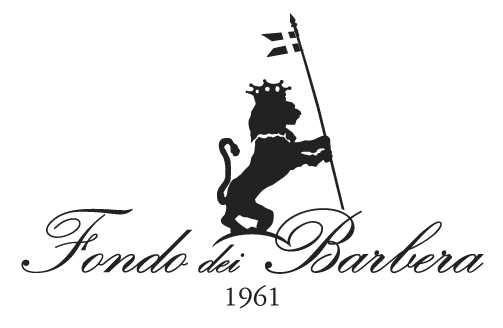
The Estate
Fondo dei Barbera resides on the hills overlooking the strait of Messina, on a strip of land situated between the Tyrrhenian and Ionian Seas, at 200 meters above sea level. In 1961, Pietro Barbera founded the winery, which after a long period of abandonment, his son Claudio assumed management in 2003.
In 2004, Claudio initiated the replanting of the spurred cordon vineyards with about 4,000 vines per hectare, in compliance with the provisions of the 1977 “Faro” DOC production specification, in which the vines are: Nerello Mascalese, Nerello Cappuccio, and Nocera – integrated with minor historical vines typical of the area.
In 2008, Claudio met two friends Gabriele Schillaci and Salvatore Martinico, who have since joined him on this extraordinary adventure, rediscovering the work in the fields which Claudio’s father once did. The work in the vineyard and in the cellar are carried out with enthusiasm. By exploiting a pedoclimatic environment particularly suited to the cultivation of vines, they are able to give life to a wine with singular characteristics. Year by year, they have learned to respect the terroir, and are now using cultivation techniques with low environmental impact.
The particular interaction between the terroir and the climate that characterizes the area of the strait, where there is always a light breeze that protects the vineyards from excessive humidity, ensures that the Nerello Mascalese, which stands out for its angular character, is mitigated by the Nerello Cappucino and Nocera, reaching a particular roundness in the Faro wine.
The vinification, like all the operations that follow, takes place under the control of Salvatore (Oenologist) with three daily pumping over, as well as the subsequent stages of aging in oak barrels (Barrique and Tonneau). The period from the harvest to the bottle is about three years of tribulation, but in the end there is a wine with a ruby red color tending to garnet with aging. It is balanced, elegant, and harmonious, with spicy and slightly mineral notes. Claudio cultivates his small vineyard with passion, and through historical, social, and technical research, he has developed a viticulture of excellence using non-invasive tools and systems both in the vineyard and in the cellar, respecting the “Farota” winemaking tradition which dates back to the first Hellenistic settlements.
The Arab/Norman roots that distinguish the Sicilian people are revealed in this wine, respecting the work done in the vineyard and remaining in harmony with the surrounding terroir which gives rise to a high quality product.

Faro
Grape Varieties: Nerello Mascalese, Nerello Cappuccio, Nocera, Nero d’Avola
Location: Produced in Messina, in the Barone district (Messina North), at 200 meters above sea level.
Surface Area: 0.75 hectares
Plant Density: 4,000 plants/hectare
Training: Spurred cordon, in conversion to guyot
Harvest: Manual
Vinification: Prior to harvest, the grapes selected directly on the vine, without the aid of biotechnology. Vinification with selected yeasts, temperature control, enzymes, filtrations, and manual decanting. Racking and bottling are done naturally.
Aging: 8-12 months in barriques and 50% oak tonneau. Subsequently, there is further refinement in steel for 12 months, followed by bottling and further refinement in the bottle. Before being put on the market, it is submitted to the unquestionable judgment of winemaker Salvatore Martinico. Once the wine receives his approval, it is released to the market.
Masseria del Feudo (Organic)
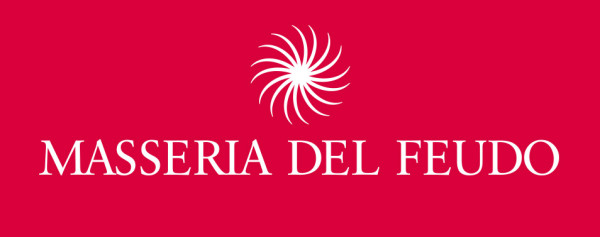
The Estate
Masseria del Feudo is the brainchild of 2 entrepreneurial young people, Francesco and Carolina Cucurullo. The project is part of a wider plan of exploitation and verticalisation of 4 production lines: wine, fruit, olive oil, and zootechnics. The size of the estate is about 110 hectares, and is managed by the Cucurullo family, well into their 4th generation. In addition to the vineyards where different varietals, both native and international, have been tested (Nero d’Avola, Syrah, Chardonnay, Inzolia, and Grillo), there are also peach cultivations with 13 varieties at different times of the year, and milk cow breeding with a nearby cheese factory for the transformation of milk into dairy products.
Company Philosophy
Masseria del Feudo represents a combination of modernity and tradition. Francesco and Carolina’s project is oriented today towards wine-making and agriculture, in a land where innovation is supported by tradition. Their company philosophy is to promote social responsibility for the environment and to produce quality goods. One aspect of production through which they live out this philosophy is their use of organic fertilizer obtained from the livestock-breeding premises.
The Terroir
The farm is situated about 450 meters above sea level. On the topographic peaks there is a calcareous terrain, whilst on the medium-low slopes and along the valleys there is a predominance of marly clay. According to pedological aspects, the lands are classified as medium-texture brown soils. They are balanced soils and sometimes clay soils, with a good presence of main chemical elements of fertility and with a clay content of 25-30%. As far as the agronomical point of view, this kind of soil has a high potentiality for good quality tree cultivations, such as fruit trees or grape vines. The vineyards (and the olive trees) are organic, meaning that organic manure, fertilizers, and antiparasitics such as sulphur, copper, and white oils are used. The farm is certified by Ecocert Italia, which undertakes annual testing of all production lines.
The Climate
Temperatures are usually mild since most of the estate faces to the southeast. The most prevalent wind is Scirocco, which brings frequent rains and low temperatures. Meteorological stations in Agrigento, Naro, and Canicattì often make an accurate monitoring of weather characteristics in order to comprehend the environmental characteristics which determine the quality of agricultural products.
The Vines
Masseria del Feudo’s vineyards are located on a strip of land which has been cultivated since 1860. It was in this area that early experimentation took place, both for traditional indigenous varietals and foreign ones, such as Chardonnay. The vineyards are located on a hilly terroir of about 18 hectares. Average density is 4,000 plants per hectare. The method of cultivation used is espalier with a runner pruning system. The average age of the vines is 8 years old and the soil is composed of medium-texture clay. Red grape varietals that are cultivated here are the indigenous Nero d’Avola and the foreign Syrah. White varietals include the indigenous Ansonica and Grillo and the foreign Chardonnay.
The Winery
The winery is located inside the old rural buildings of the Masseria. The overall capacity is 2,000 hectoliters. Refining and wine-making vats are made of stainless steel and cement, and all have digital temperature control. Within the winery, a micro-winemaking line has been implemented, which creates a space for experimental testing of new grapes and new wine-making techniques with each harvest. Such research is aimed at increasing the value of peculiar characteristics of the terroir. The temperature-controlled barriques are located in a room inside the old millstone which fits 100 Alliers barriques, each at different toasting and with a capacity of 225 liters. Refining is done in the horizontally placed wine bottles for 3-10 months prior to the wine entering the market.
Experimental Micro-Winemaking
The company has made investments by buying a line of experimental micro wine-making made of a mini crusher-stemmer and 5 hectoliter insulated tanks equipped with digital temperature control. The aim is to test, on a small scale, clones of grapes and alternative techniques of wine-making, in order to include them into production process.
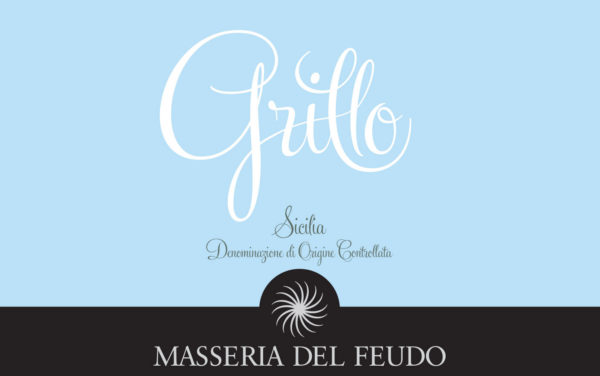
Grillo di Sicilia
Location: Caltanissetta, hill in the heart of Sicily, 450 meters above sea level
Grape Variety: 100% Grillo Doc Sicilia
Vinification: Organic cultivation and manual harvest in the third week of August. Short maceration, gentle pressing, and fermentation with indigenous yeasts in stainless steel vats. Refining on the lees and in bottle.
Tasting Notes: Straw yellow color with golden reflections. It opens with delicate aromas of citrus, acacia honey, and flowers. Spicy flavors of white pepper and black currant. The fruit flavors give the wine a fullness and sweetness, which is well supported by a fine saltiness and acidity. Hydrocarbons on the finish.
Alcohol Content: 13.5%
2015 Reviews:
“Bright straw. Orange blossom, lemon peel and aromatic herbs on the nose. Then clean and precise, offering easygoing fresh citrus fruit and herbal flavors. Finishes long and classically dry, with lingering perfume.”-90+pts, Vinous
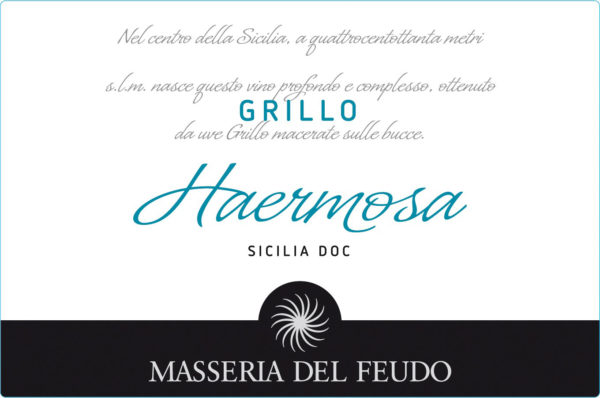
Grillo Haermosa
Vines: Cru of ancient Grillo planted at an altitude of 500 mt a.s.l
Soil: Medium texture, limestone
Pruning System: Guyot
Grape Varieties: Grillo
Yield: 60 quintals/ha
Harvest: 100% manual harvest in the first weeks of September
Vinification: Destalking, gentle pressing, fermentation through indigenous yeasts and skin contact for 40 days, refining on the lees until bottling.
Tasting Notes: Intense straw yellow color with golden reflections. Complex bouquet with aromas of orange, toasted hazelnuts, and marzipan. Excellent structure on the palate. Tasty and sapid with fine tannins. Long aftertaste, dynamic, balanced, and elegant.
2018 Reviews: “Vivid straw yellow. Earthy notes of Chinese pear, quince and savory herbs. Then rich and round with more savory flavors similar to the aromas lifted by a hint of fresh citrus fruit. Finishes long and fleshy with hints of sweet spices and pepper. An old style Grillo that is very flavorful and completely different from the estate’s other fresher, lighter-styled Grillos.” – 91pts, Vinous

Inzolia di Sicilia Il Giglio
Grape Varietals: Inzolia Doc Sicilia
Location: Caltanissetta, hill in the heart of Sicily, 450 meters above sea level
Vinification: Short maceration, gentle pressing, and fermentation with indigenous yeasts in stainless steel vats. Refining on the lees and in the bottle.
Tasting Notes: Straw yellow color; the wine has a pleasant fruity aroma-intense, fresh, and floral with hints of candied fruit peel and cedar. The palate is soft on the attack and is sapid and balanced. The finish is vibrant and fresh, with notes of almond.
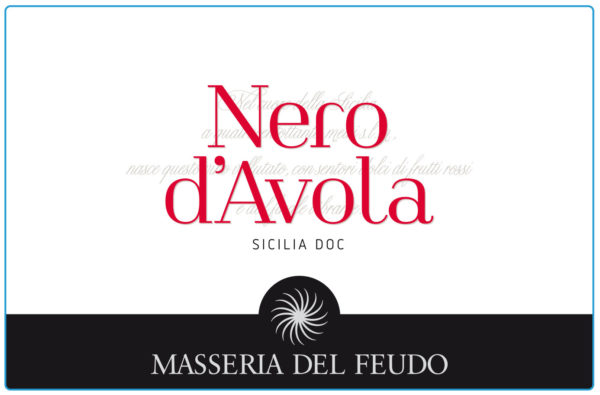
Nero d'Avola di Sicilia Il Giglio
Location: Caltanissetta, hill in the heart of Sicily, 450 meters above sea level
Grape Varietals: Nero d’Avola Doc Sicilia
Vinification: Organic cultivation and manual harvest in the second week of September. Long maceration and fermentation with indigenous yeasts in stainless steel vats. Refining in concrete vats and in bottle.
Tasting Notes: Intense ruby red color; notes of menthol, together with sweeter ripe red fruit and pepper hints in the bouquet. Intriguing and complex. On the palate, the Nero d’Avola is velvety and sapid, with a vibrating finish. It also has an acidity typical of the varietal, which is a nice complement to the fruity aftertaste.
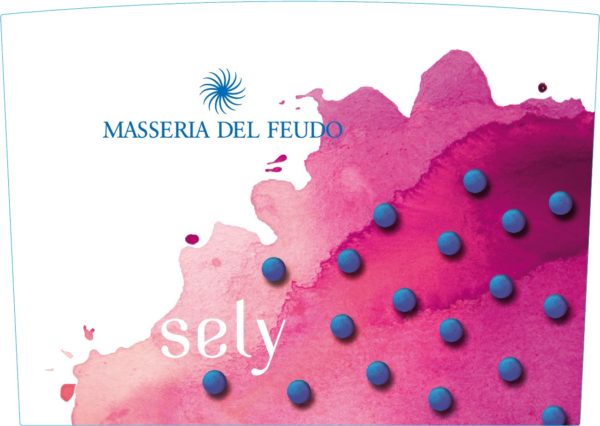
Rosé Petillant Naturel Sely
Vines: Young Nero d’Avola vines planted at an altitude of 480 mt a.s.l.
Soil: Medium texture clay
Pruning System: Guyot
Grape Varieties: Nero d’Avola
Yield: 80 quintals/ha
Harvest: 100% manual harvest in the first weeks of August
Vinification: Destalking, gentle pressing, static sedimentation, partial fermentation through indigenous yeasts, bottling, natural second fermentation inside the bottle.
Tasting Notes: Pale pink color. Fresh bouquet, fruity, with pomegranate and citrus notes. On the palate, fresh, pleasantly dynamic, and sapid with good acidity. Pairs well with many foods.
2018 Reviews: “Slightly cloudy, medium-deep onion peel pink. Fresh aromas of lemon, strawberry and peach. Then rather sharp and taut in the mouth with orchard fruit flavors and a bright zingy finish…this is clean, balanced and fresh.” – 90pts, Vinous
Vino Arrigo

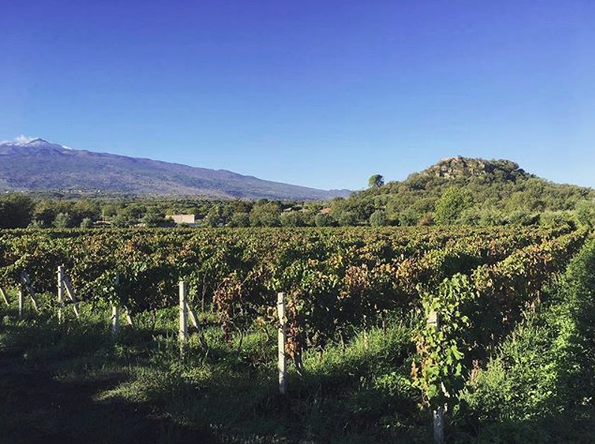
The Estate
The estate is near the base of the fabled Mount Etna, the DOC wine-making region. It is situated on the north side of the volcano, with the medieval town of Castiglione di Sicilia looming behind. Pietramarina (marine rock) is almost 2,000 feet above sea level with the Alcantarra River gently flowing over the partially-terraced terrain. These are the historic lands and vineyards of the Barons Lanza-Palermo. In addition to a variety of fruit trees and spontaneous vegetation, there are 60 olive trees on the estate. This biodiversity is fundamental to a healthy ecosystem for the Nerello Mascalese vines to thrive.

Etna Rosso
Production Area: 2.5 hectares of vines situated on an ancient sea bed
Winemaker: Gaetano Arrigo
Soil: The soil in Contrada Pietramarina is a fine mixture of sandstone and volcanic rock that has a powdery texture, quite different than most of the classic volcanic rock and pomace laden soils found on Etna. The soil is slightly damp, but when rubbed between the hands, it effortlessly dusts off like a fine powder leaving your hands dry and clean. This fine powdery soil is what gives the wines finesse and elegance.
Grape Varieties: 100% Nerello Mascalese
First Planting: 1968
Tasting Notes: All estate fruit from Contrada Pietramarina, minimal sulfites, no wood. Fresh, red fruit aromas of cherry and pomegranate, savory wild herbs and spices, mineral stone, igneous stone, and smoke. Fresh on the palate with medium acidity, making the tannins delicate but persistent and easy to drink. Nerello Mascalese Arrigo can be paired with a wide variety of dishes.
Annual Production: 5,000 bottles



